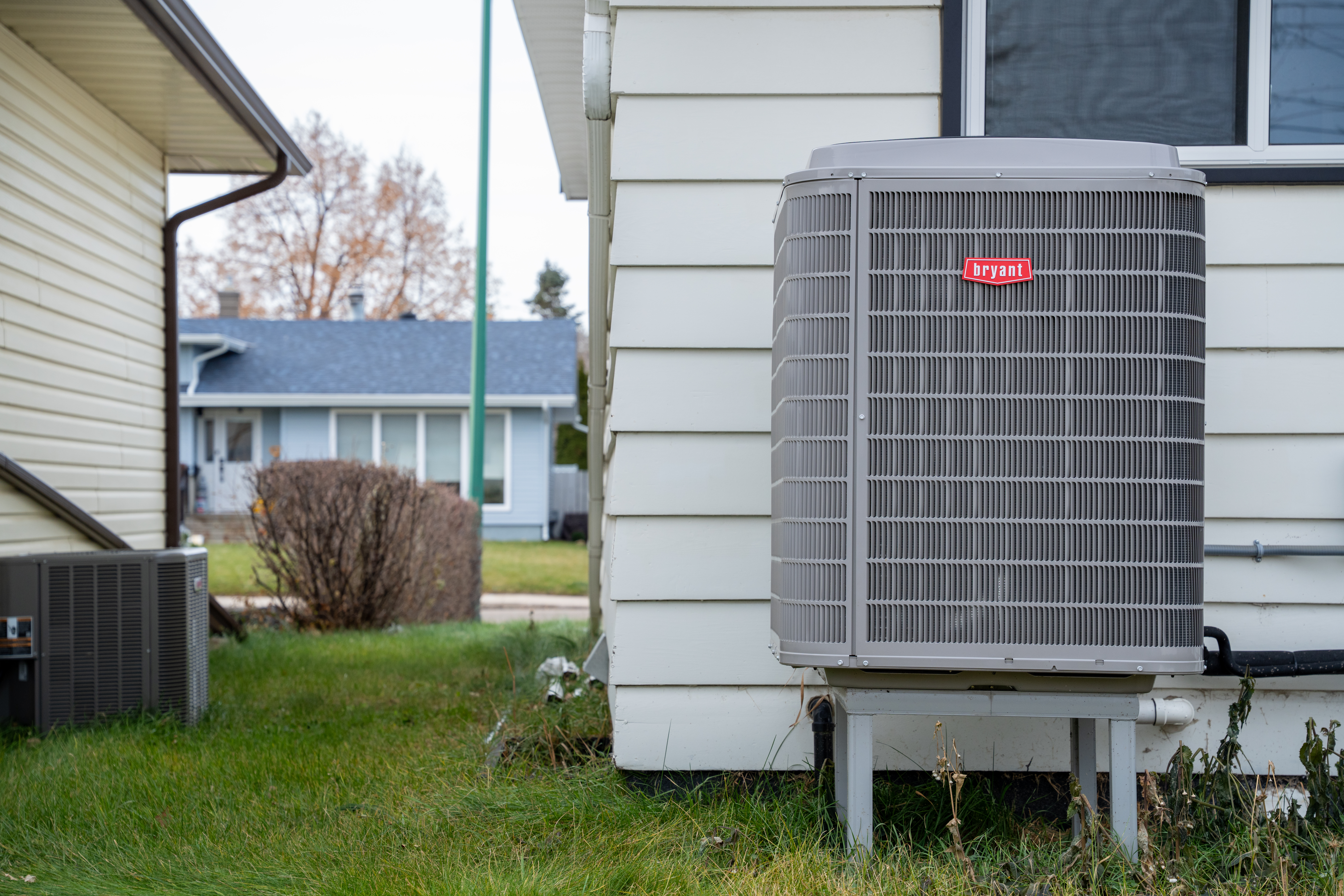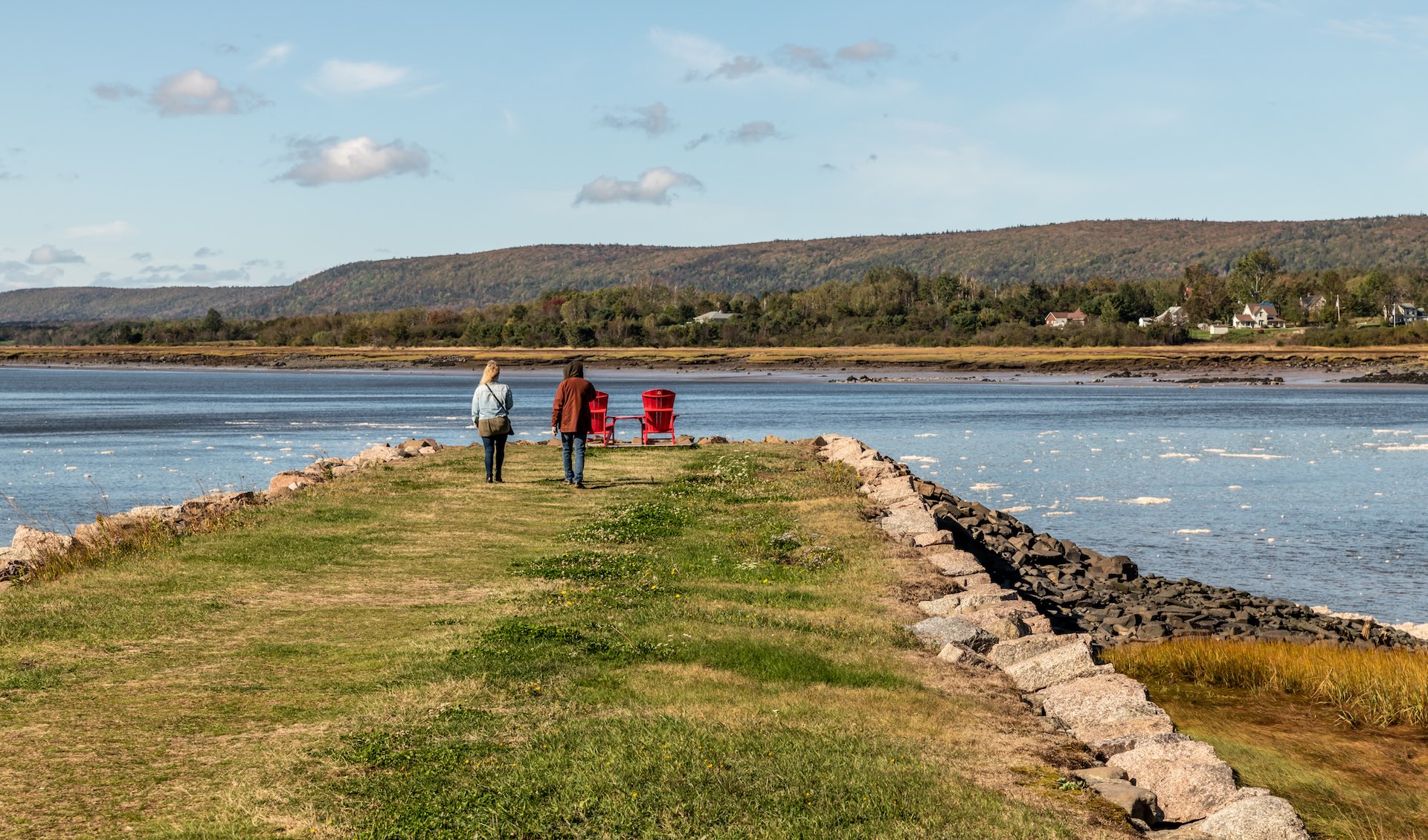When Adam Zulkoskey and his family moved into their Saskatoon home in 2021, they weren’t just looking for a new place to live—they were looking for a home they could transform. “From the beginning, we wanted something that would let us invest in solar,” Adam recalls. The south-facing garage roof and unobstructed backyard made the property an ideal candidate. What started as a solar project quickly expanded into a suite of energy upgrades with lasting impacts on comfort, cost, and peace of mind.
Adam is one of more than 300 homeowners participating in Saskatoon’s Home Energy Loan Program (HELP). HELP offers low-interest loans to support energy-efficiency and renewable-energy retrofits. The program helps address energy costs and aging housing stock while giving homeowners practical ways to make their homes more comfortable and efficient.
With the support of HELP, Adam completed a series of major upgrades: a new heat pump, high-efficiency furnace, and attic insulation. “The City of Saskatoon’s program was more flexible and easier to work with than others,” he says. “We had an actual contact person who responded quickly and helped guide us through each step.”
The family also accessed the federal Greener Homes loan program, which provided 0% financing for their solar panels and on-demand water heater. Having multiple financing options made it easier to bundle upgrades that enhanced the overall performance of their home. “Saskatoon’s HELP program covered more of what we needed and was incredibly user-friendly,” Adam adds.
Learning along the way
HELP provided a clear and structured process from start to finish, including EnerGuide home audits to assess energy performance before and after the upgrades. While coordinating contractors, quotes, and audit timelines can be complex, Adam credits the city for offering reliable support throughout. “We always had someone to talk to,” he says. “That made it much easier to stay on track and feel confident in our decisions.”
As with any major home improvement, timing and sequencing played an important role. Adam found that planning ahead, especially when coordinating multiple upgrades, helped ensure everything moved forward smoothly. “Every improvement added value,” he says. “The experience helped us better understand how these pieces fit together.”
The process also gave the family greater insight into how to maximize the benefits of energy retrofits. From reviewing quotes to navigating post-installation audits, Adam appreciated the level of care built into the program. “We felt supported at every step,” he says. “It was empowering to learn as we went.”
Lower bills, higher confidence
Since completing their upgrades, Adam and his family have seen meaningful reductions in their energy costs, especially with solar power now helping to offset electricity use. “We didn’t have air conditioning before, so we got a heat pump for cooling,” Adam explains. “It’s more efficient than a traditional AC unit, and we also use it in the spring and fall when the weather shifts. The heat pump can provide either heating or cooling during these in-between seasons, so we don’t have to rely as much on the furnace.”
Just as important is the sense of security the upgrades provide. With a heat pump that performs in extreme cold and a high-efficiency furnace, the family feels well-prepared for Saskatchewan winters. “It’s reassuring to know that we’re not only reducing our footprint, but also investing in the resilience of our home,” Adam says.
Advice to other homeowners
For homeowners considering a retrofit, Adam’s advice is to explore all available resources and take a whole-home approach. “These programs open up opportunities that might not otherwise be financially feasible,” he says. “And the more you can bundle improvements together—like pairing insulation with heating system upgrades—the better the overall outcome.”
He also recommends talking to others who’ve gone through the process. “Every home is different. Getting advice from people with similar experiences helped us make informed decisions.”
While the family plans to invest in additional exterior insulation down the line, they’re proud of the progress they’ve made so far and grateful for the role the HELP program played. “It helped us take action sooner, with confidence,” Adam says.
A program that makes a difference
Reflecting on the experience, Adam describes HELP as a practical, accessible and homeowner-friendly program that made ambitious upgrades possible. “Without this kind of financing, we wouldn’t have been able to do any of this,” he says. “The fact that it’s tied to the property, not the person, made it even more appealing. We knew we weren’t taking on a long-term burden,” In other words, the financing is linked to the home itself—so if the family ever decided to move, the balance could be settled or transferred as part of the sale.
As municipalities across Canada explore ways to support household energy efficiency, stories like Adam’s demonstrate what’s possible when local programs are designed with people in mind. “It’s a smart investment—for residents, for communities, and for the climate,” he says.
Saskatoon’s Home Energy Loan Program is funded by the Green Municipal Fund (GMF), a program of the Federation of Canadian Municipalities (FCM).




